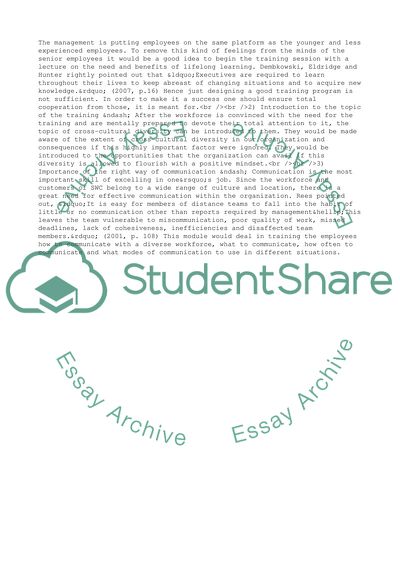Cite this document
(Organizational Behaviour Employee Training Assignment, n.d.)
Organizational Behaviour Employee Training Assignment. https://studentshare.org/management/1713163-organizational-behavior-phase-1-individual-project-2
Organizational Behaviour Employee Training Assignment. https://studentshare.org/management/1713163-organizational-behavior-phase-1-individual-project-2
(Organizational Behaviour Employee Training Assignment)
Organizational Behaviour Employee Training Assignment. https://studentshare.org/management/1713163-organizational-behavior-phase-1-individual-project-2.
Organizational Behaviour Employee Training Assignment. https://studentshare.org/management/1713163-organizational-behavior-phase-1-individual-project-2.
“Organizational Behaviour Employee Training Assignment”. https://studentshare.org/management/1713163-organizational-behavior-phase-1-individual-project-2.


